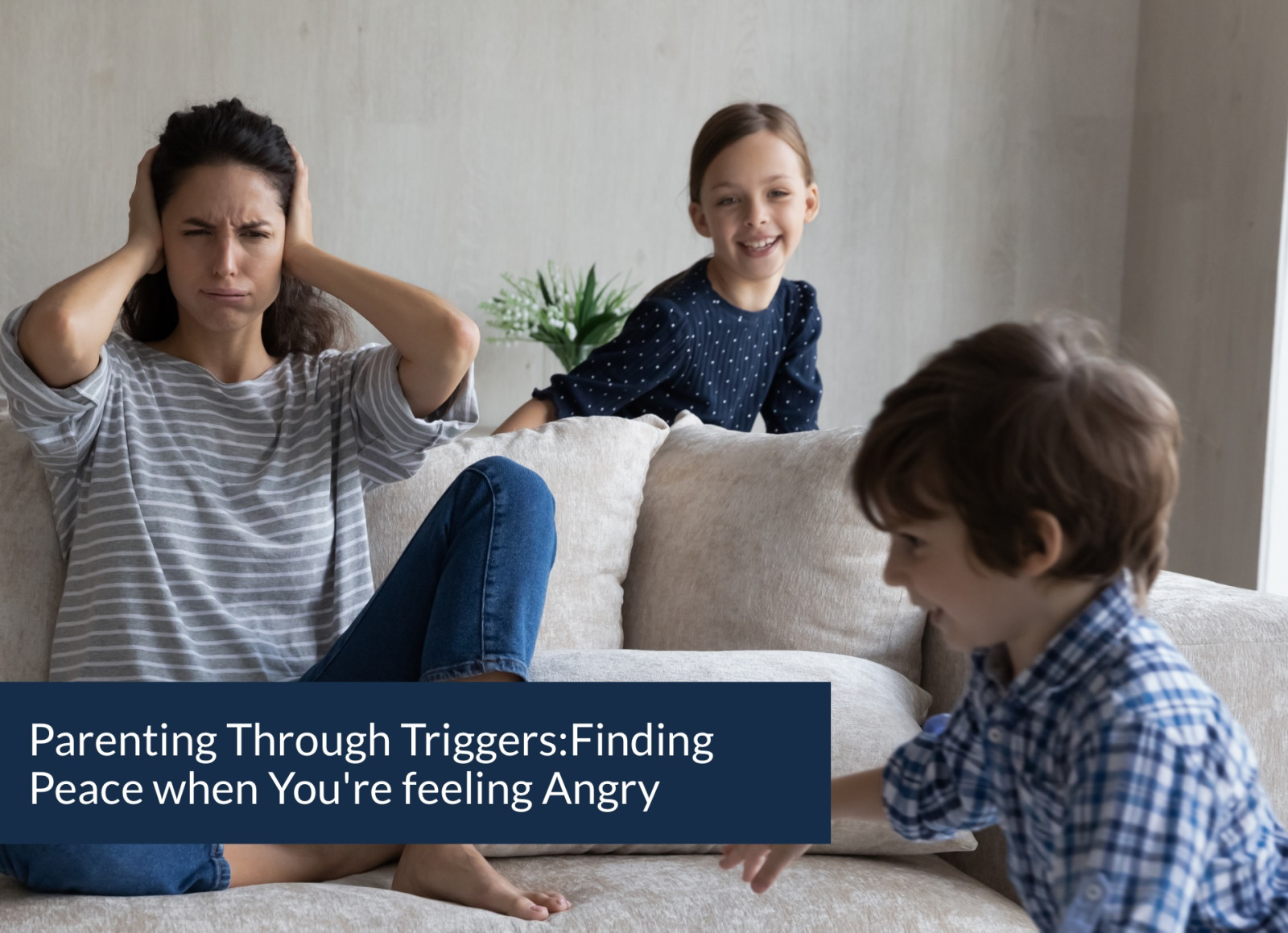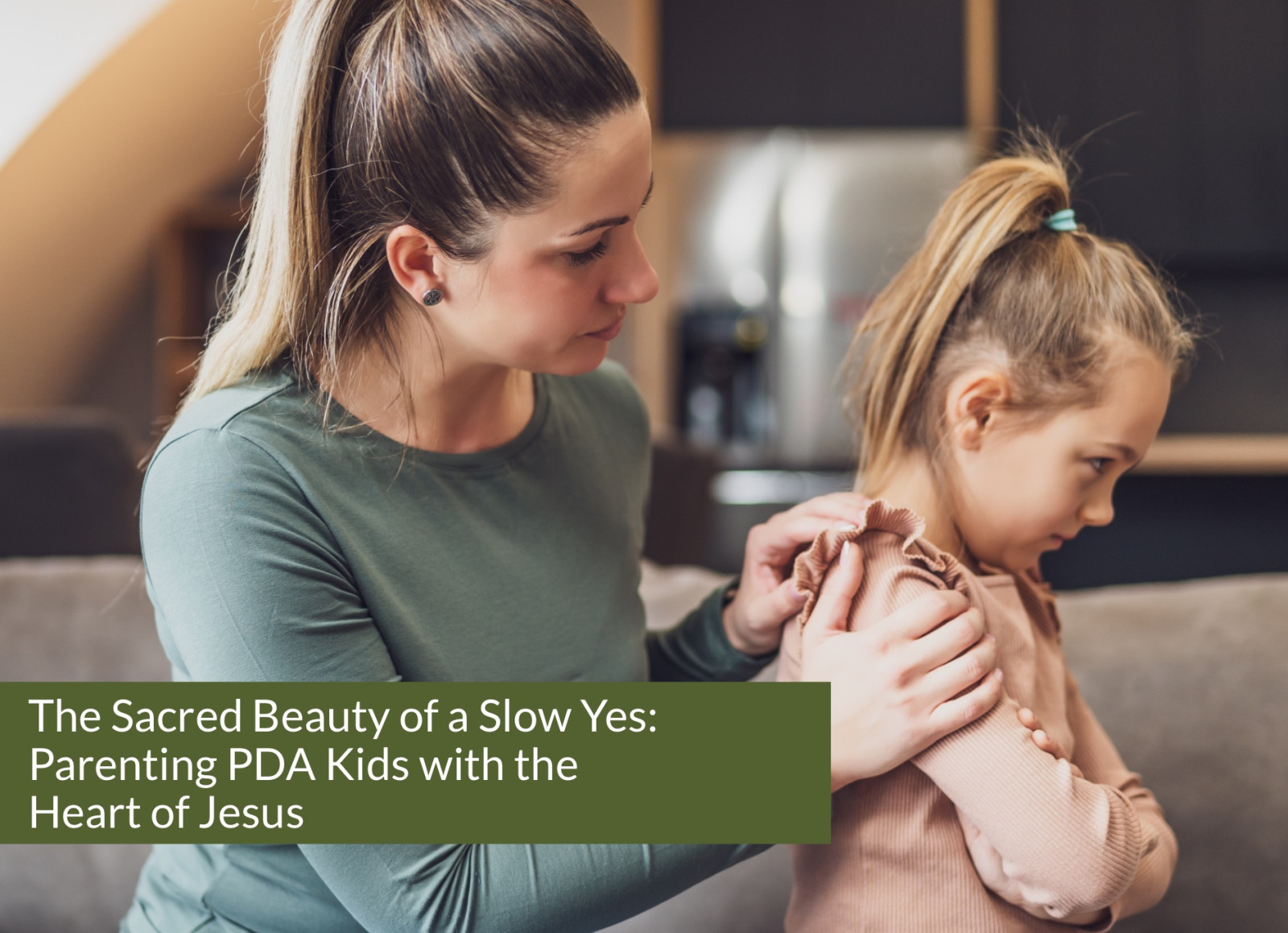
Summer can be a transition period for kids! Because we are wired to look for patterns, predictability, and stability, when big changes occur, the brain can perceive the abrupt change as a threat or stressor. And that can result in dysregulation and out-of-the-ordinary behaviors. For some children, it may bring with it regression in milestones. That's normal, and now that you know this, you can be proactive in building regulating moments into your daily routine.
The human brain looks for patterns, stability, and predictability
This means that when your family's routine or daily rhythms change, children process that change as a transition. This is helpful for parents to understand because the change in schedule and newness of family rhythms can spark a bit of anxiety, or at the very least hyper awareness for young children. Additionally, anticipation about vacations, special family days, or sleep overs with grandparents can induce some apprehension and excitement, which may show up as dysregulation and behavior.
Common behaviors that signal dysregulation due to transitions
- Whining
- Crying more easily
- Snappy or shorter fuse
- Inflexibility
- Higher connection needs (clingy)
- Idecisivness
- More meltdowns
- Being overly silly
- Hiding or shyness
- Impulsivness
- Big body movements (spinning, kicking, jumping, can't sit still)
- Sensitive to noise, visual stimulation, and/or smells
What you can do
Set aside intentional moments of connection and regulation every day. How a child best regulates can be as individual as the freckles on their noses! But here are a few ideas to help you get started:
- Swing together - side-by-side rhythmic motion can help synchronize you and your child's nervous systems and re-establish connection and attachment
- Have a special snack and connection time before or after quiet time. You might include reading poetry or a light-hearted story together. (We call ours "tea time")
- Have a quiet cuddle time. Just take a few minutes to cuddle and snuggle, no questions, no expectations
- Do a puzzle, LEGO, or art together - doing activities that require logic, problem-solving, creativity, and thinking, and are also fun, helps regulate the brain and integrate brain-body communication. Often, children will open up and share more easily about their inner thoughts when they are engaged in a stress-free activity
- Go for a walk. Moving the body will regulate the nervous system and provide crucial sensory input
For kids who really need structure and autonomy in their day, allowing them a visual routine that they can arrange, see, and predict can help things feel smoother because bedtime is no longer just another unpredictable event at the end of a long day.
You might also like:














0 Comments